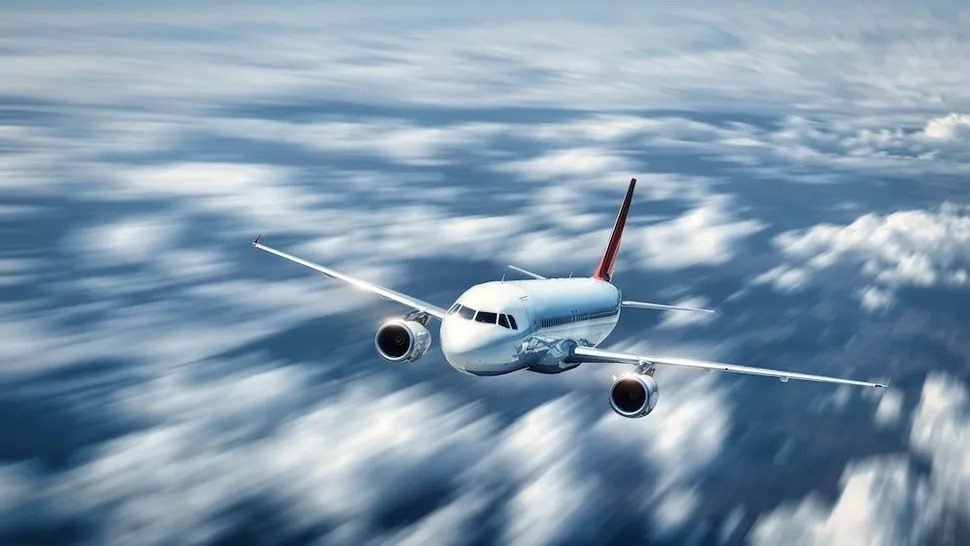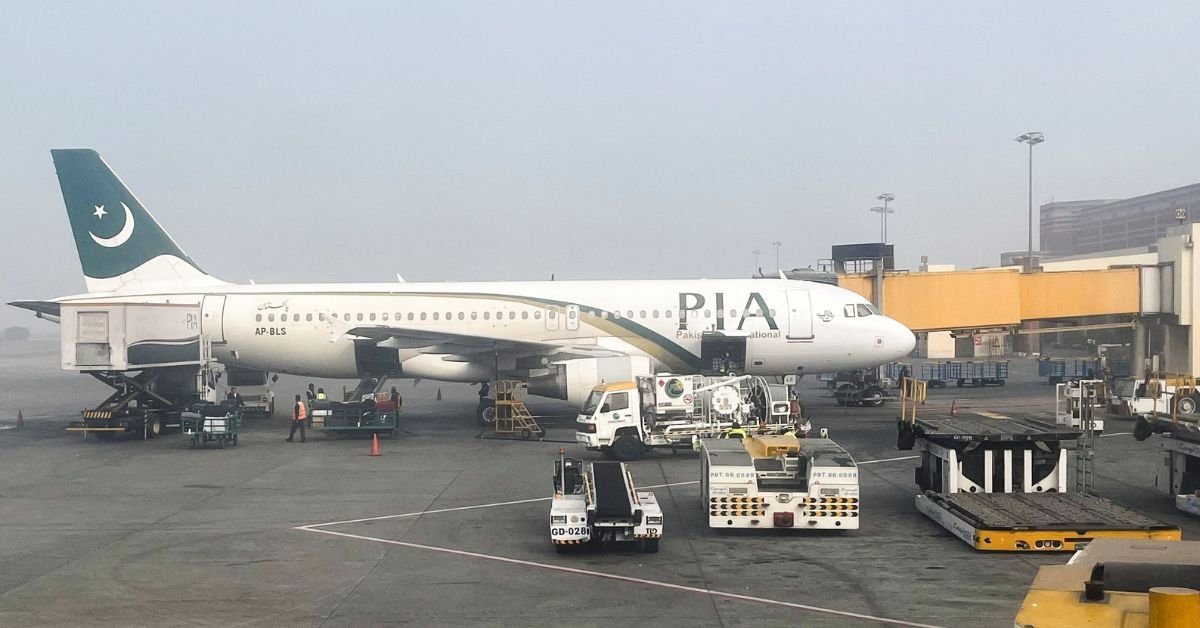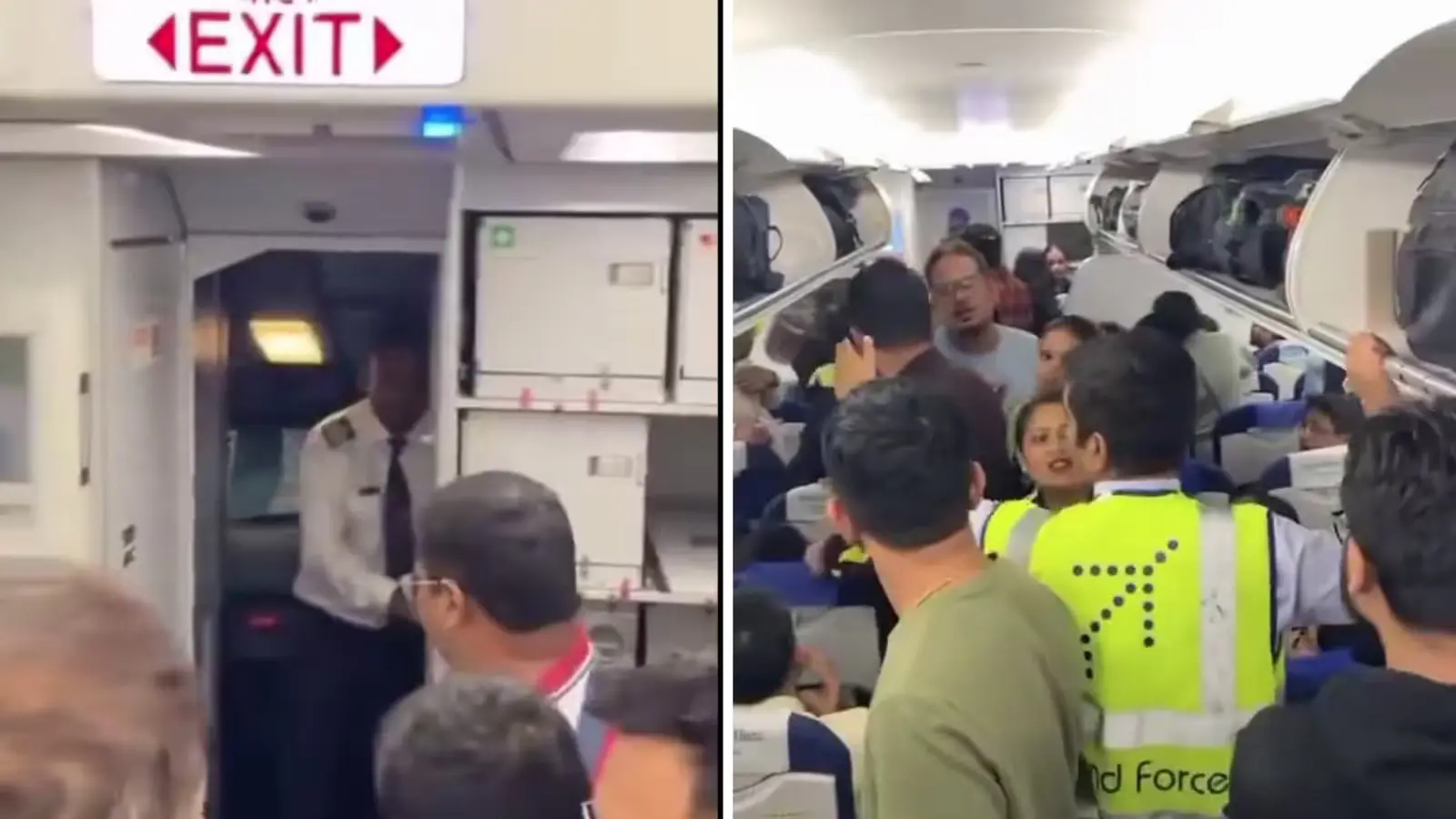WEB DESK: In the exciting world of airplane tricks, one move stands out: the barrel roll. It’s a breathtaking stunt where a plane spins all the way around while flying.
People watching are amazed and impressed by it. It’s often seen at air shows and stunt displays. But can pilots do this risky trick in big airplanes that carry passengers?
Richard P. Anderson, a distinguished pilot and aerospace engineering professor at Embry-Riddle Aeronautical University, asserts that it’s indeed plausible. “I know people on their own with videotapes [doing barrel rolls],”
Anderson revealed to Live Science, hinting at the existence of daring attempts beyond the realms of traditional stunt planes.
Among the pantheon of aviation legends, one name stands out: Alvin Melvin “Tex” Johnston, renowned for his audacious exploits as a test pilot for Boeing.
In a legendary display of bravado in 1955, Johnston piloted a four-engine Boeing 367-80, affectionately known as the Dash 80, and executed not one, but two barrel rolls. His daring aerial ballet, performed to dazzle Boeing executives, cemented his status as a maverick aviator.
But how does one accomplish such a feat in a mammoth aircraft like a commercial airliner? Anderson elucidates that while size matters, it’s the pilot’s finesse in managing g-forces that determines success.
“The physics are the same regardless of the size of the airplane,” Anderson explains. Maintaining a delicate balance of g-forces akin to Earth’s gravity, the pilot orchestrates the roll while controlling the aircraft’s pitch and speed.
Read More: Beloved campus cat receives honorary degree from Vermont University
David Haglund, a seasoned pilot with the U.S. Air Force, emphasizes the importance of airspace availability, especially crucial in the vast expanse of a large airliner.
“In an airliner, a barrel roll would require a block of altitude 2,000 feet above and below the level flight altitude,” Haglund notes, underlining the meticulous planning essential for such maneuvers.
However, modern-day aircraft pose their own set of challenges. Haglund points out that some manufacturers have implemented limitations, restricting the aircraft’s ability to roll beyond certain angles without disabling crucial systems. This cautious approach aims to deter pilots from attempting risky maneuvers, particularly with passengers onboard.
While the allure of barrel rolls in commercial airliners persists, the skies remain a realm where audacity meets caution, where gravity-defying feats blend with stringent safety protocols.
As pilots push the boundaries of aerial performance, the legacy of pioneers like Tex Johnston continues to inspire awe and admiration, reminding us that in aviation, the sky’s the limit.













